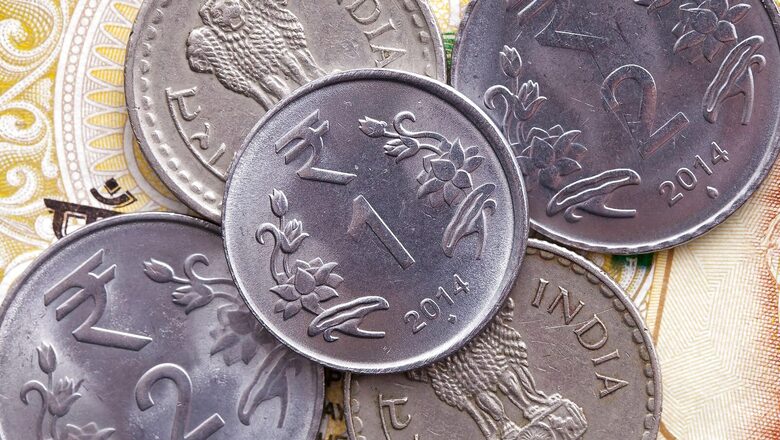
views
The rupee has been steadily falling and there are no signs of it picking up significantly in the near future. The Indian currency ended at around 79.30 per US dollar on Wednesday, not very far from its all-time weak close in the previous session at 79.37.
So why is the rupee falling?
The value of the Indian rupee compared to the US dollar works on a demand-and-supply basis. When there is a higher demand for the dollar, the value of the rupee decreases and vice-versa.
The Indian currency has been on the decline since early this year, particularly because of supply chains being hit by the Russia-Ukraine war, global economic challenges exacerbated by the Covid pandemic, inflation, high crude oil prices, etc.
If a country, like India, imports more than it exports, the demand for the dollar will be higher than the supply and the domestic currency will depreciate against the dollar.
The rupee’s fall these days, experts say, is primarily because of high crude oil prices, a strong dollar overseas, and foreign capital outflows.
There have been heavy foreign fund outflows from the domestic markets as the foreign institutional investors (FIIs) have sold shares worth over $30 billion this year. This goes way past the $11.8-billion sell-off witnessed at the time of the 2008 global financial crisis.
As money flows out of India, the rupee-dollar exchange rate gets affected, leading to a devaluation of the rupee.
Such depreciation puts significant pressure on the already high import prices of crude and raw materials. This in turn leads to higher imported inflation and production costs aside from higher retail inflation.
The US Federal Reserve recently raised the interest rates, and the return on dollar assets grew compared with those of emerging markets such as India. There are also reports of possibly more aggressive rate hikes by the US Fed and this will hurt the rupee further.
So, in summary, the backdrop of heated inflation, Covid crisis, monetary tightening by key central banks, and supply chain disruptions sparked by the Russia-Ukraine war have slowed down global economic activity, leading to the rupee’s massive drop against the dollar.
What then are the solutions to arrest this worrying slide of the rupee?
The government took some steps last week, announcing a hike in the customs duty on gold and a rise in taxes on the export of petrol, diesel as well as ATF, which is expected to control foreign trade in order to curb the depreciation of the rupee. The import tax on gold was also hiked from 7.5 per cent to 12.5 per cent.
The Reserve Bank of India is expected to support the currency with dollar sales in the spot, forwards, and other derivatives markets. It is also likely to raise policy rates further as part of a process that is expected to draw foreign investors towards debt assets.
But will that be enough?
“Assuming that the new global energy order implies extended oil market pains, India will have to respond even more strongly in the interim, with enhanced exports and reduced imports. Otherwise, the repeat of RBI currency buffers falling to 15% of GDP (a recipe for external instability, as seen during the 2013 ‘taper tantrum’) cannot be ruled out in coming years. Thus, allowing INR to gently weaken over time is the right strategy, giving CAD space to improve. Thus, we believe the RBI may eventually let the exchange rate adjust to new realities, albeit orderly, letting it act as a natural macro stabiliser to policy reaction functions,” says a research note by Emkay Global Financial Services.
So while there may not be an easy way out, experts agree that India must move strategically towards controlling imports and increasing exports.
The government may also promote the use of indigenous goods more aggressively in the future to cut down on imports and bolster the rupee.
A greater push for e-vehicles is also possible to reduce the dependence on crude oil imports.
Read all the Latest News, Breaking News, watch Top Videos and Live TV here.




















Comments
0 comment